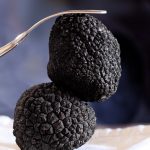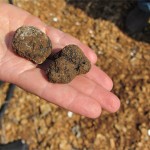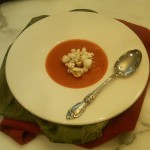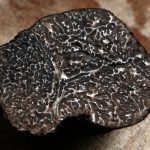Why Black Perigord Truffles?
11 Mar 2015, by in Truffle Faves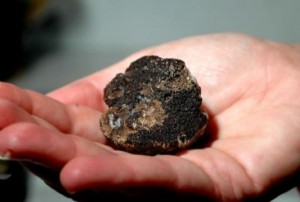
Ladies and gents, the “Queen of Truffles”.
So, March! Two weeks in, and we’ve already celebrated some of its most fun holidays—my favorite of which is the International Pancake Day on the 4th, because, really, what sort of weirdo doesn’t like pancakes? This month, however, also marks the last month of black Perigord truffles’ harvesting season. And while I can sigh over the long wait until the next one, I will instead provide you a few reasons to get up on your feet and make the most of the last two weeks!
Harvesting Season: you can catch the ripest truffles from December – March in the northern hemisphere, with the peak season running from January – February; and May – August in the southern hemisphere, with the peak season happening in July.
Black Perigord truffles are simply exquisite.
More than a hundred varieties of truffles have been discovered worldwide; however, it’s these French winter black truffles that rank the finest among them all. Sure, lumpy and misshapen don’t exactly spell elegance loud and clear but they release this powerfully pungent scent—and if you’ve had aged cheese, then you know what I’m talking about. Chefs from around the world call them the Queen of Truffles, and if that doesn’t say something then I don’t know what does!
Truffle hunting is more play than work.
Hunting for truffles is on an altogether different plane of experience, I tell you! Like other varieties of truffles, they grow among the root systems of such trees as oak, hazelnut, beech, chestnut, and birch—so this involves braving the woods, shifting around dirt, and digging your way into the rough earth. Are you getting the same exciting and rewarding vibe you usually get from treasure hunting adventures? Because I sure am. And when I’m handed such an amazing opportunity, I grab it with both hands.
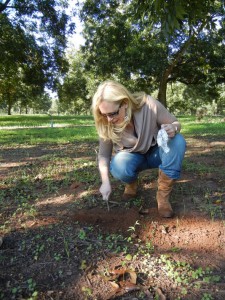
Found one!
Thin slices can elevate even the simplest dish.
If you followed the series of truffle recipes I compiled last December, then you probably picked up these three important bits: first, black Perigord truffles are best when cooked because the heat helps release the earthy flavor and sublime aroma; second, they pair really well with a range of meats—from pheasant and duck, down to boar, venison, and elk; and third, truffles make wonderful sauces, especially when whipped up with brandy or wine. Yum, yeah?
They bring a great deal of health benefits.
Remember when your mom told you not to judge a book by its cover? Well, that lessons applies here. These distorted delicacies with wart-like knobs are actually good sources of high protein, with every serving having 20-30% protein content. They’re low in fat and cholesterol-free, too! And if that’s not healthy-sounding enough, they’re high in water and mineral content—calcium, magnesium, and potassium included.
Now we may be halfway through March—and it’s unbelievable how fast time is going by!—but like I said, we’ve got a little over two weeks to find the freshest black Perigord truffles! And while jetting off to Dordogne to go hunting sounds like a great plan, you need not hop on a plane to actually experience the culinary gems. Learn more about them by playing this Truffle Talk playlist! Browse through the blog if reading is more right up your alley!
But for the real deal? I say go truffle-shopping.

- Supplying in season truffles
- Working with Chefs and Staffs
- Pairing Wines and Recipes
- Special Appearances & Presentations



